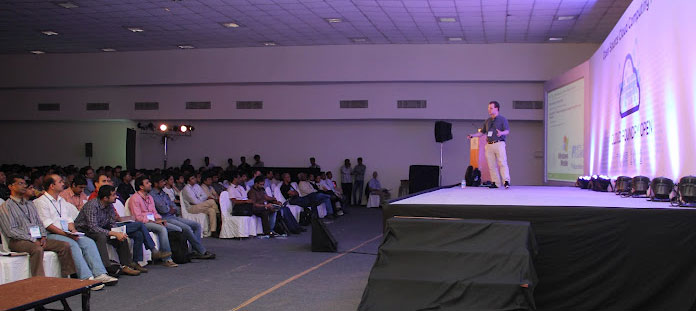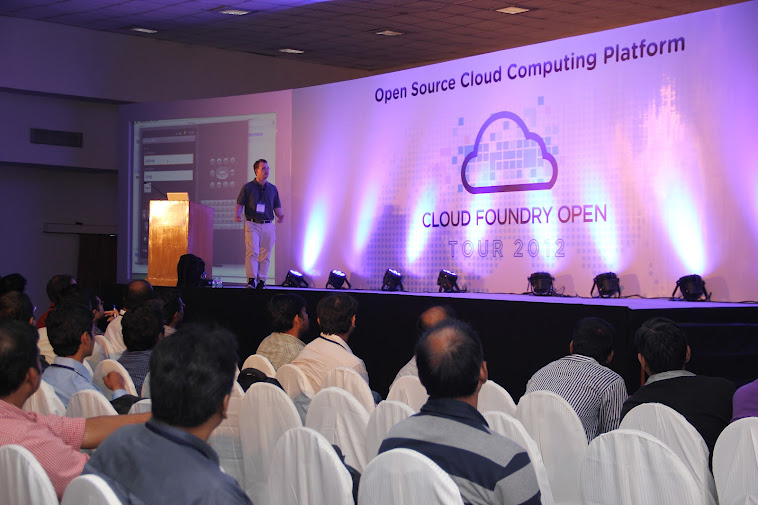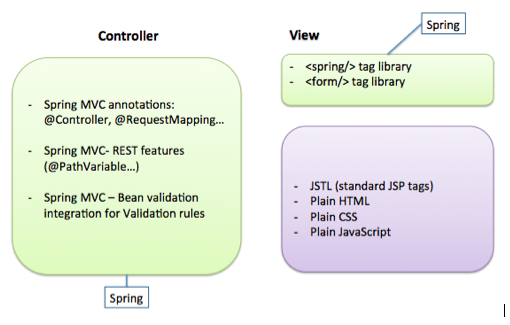This Week in Spring - 18th September, 2012
Welcome to another installation of This Week in Spring! This week I'm in Bloomington-Normal, Illinois talking to StateFarm about Spring Projects: MVC, REST, Mobile, and Android. The developers here are code ninjas. Listening to their internal talks over the course of the day has been eye opening, to say the least. Don't miss the Spring, Groovy and Grails event of the year in Washington, DC: SpringOne2GX. If you haven't already registered, now's the time! Oh, and don't forget, if you're in the United States, today is national cheeseburger day! So... bon appetit!
<LI> Chris Beams has announced the availability of <a href ="http://www.springsource.org/node/3654">Spring Framework 3.2 M2</a>, which features many new features including improved <CODE>TestContext</CODE> support, Spring MVC improvements, asynchronous <CODE>@Controllers</CODE>, and lots of bug-fixes and improvements. </LI>
<LI> This month's SpringSource webinar is coming fast - <a href ="http://www.springsource.org/node/3653"> Spring Security with Rob Winch</a>. Be sure to register now! </LI>
<li> Martin Lippert has announced the availability of the <a href="http://www.springsource.org…


